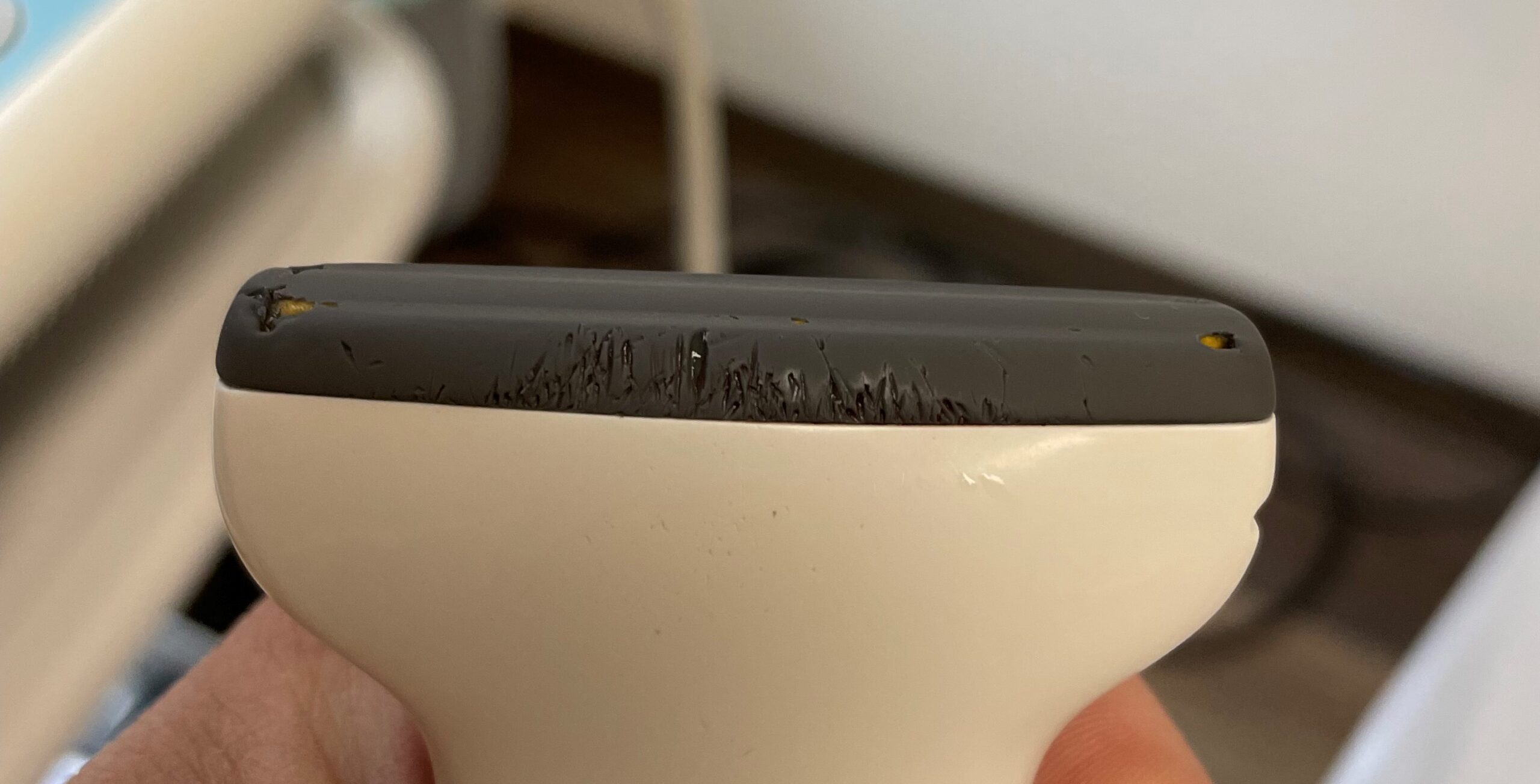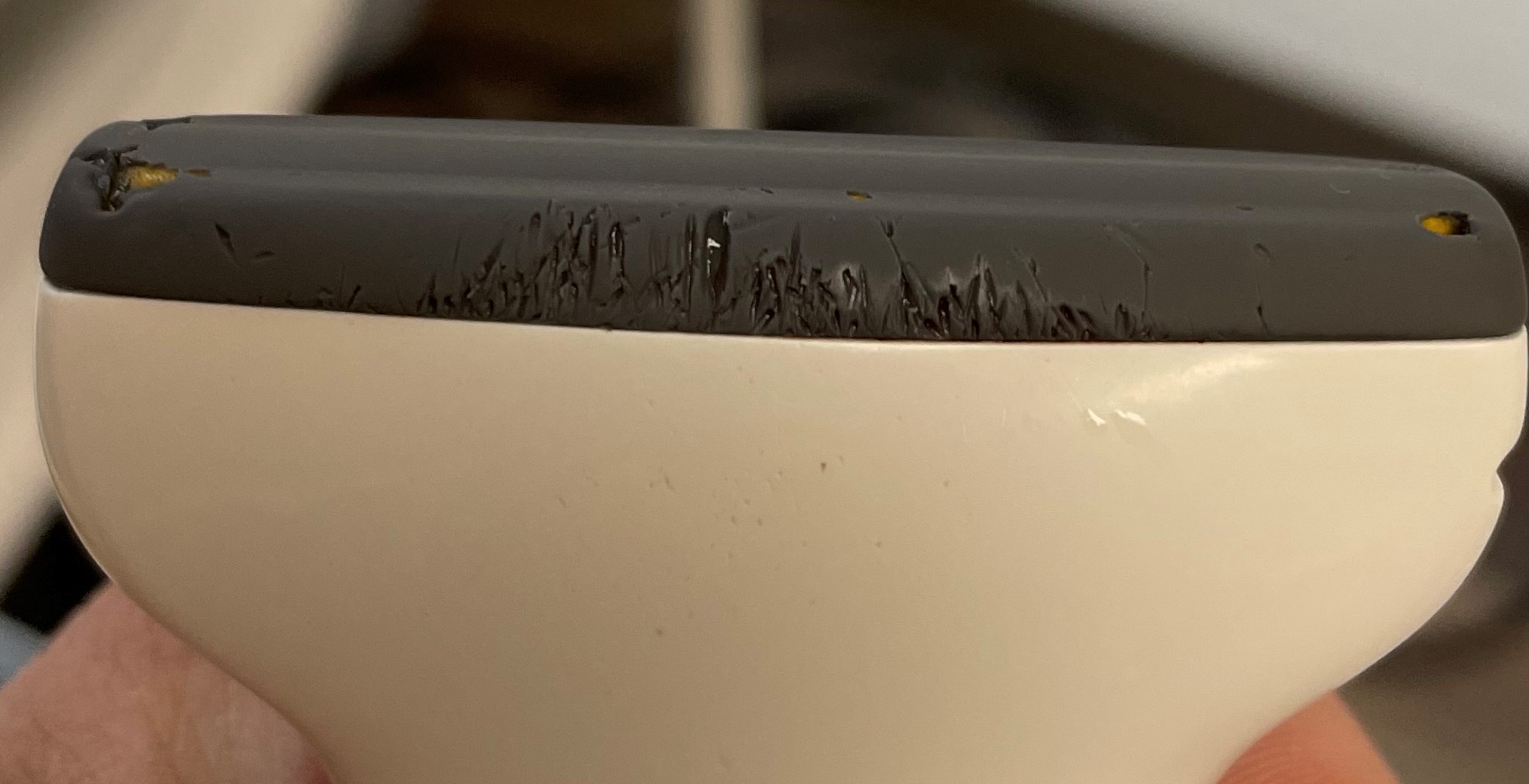 Have you ever seen a transducer with a lens in such bad condition? Hopefully not.
Have you ever seen a transducer with a lens in such bad condition? Hopefully not.
As shocking as these photos are, the worst part is that the probe was still in use when they were taken!
With lens damage like this, you may not initially notice any difference in your imaging capabilities, and because the perforations are limited to the edges, it is possible that scans will appear normal. Despite this, there are a number of risks posed by using a transducer in this state. Over time, contaminants and fluid will penetrate the piezoelectric array and delicate circuitry inside your probe head, leading to irreversible damage to the electronic components. While you may hesitate to repair or replace your transducer if it appears to be working fine, we must consider the risks not just to your probe, but to those who come into contact with it.
So what caused this? The most likely answer is that this damage was caused by a needle. Ultrasound assisted procedures such as biopsies utilise soundwaves to position the needle and guide injections, but if not properly affixed to the transducer, the needle can slip and puncture the lens.
Below is an example
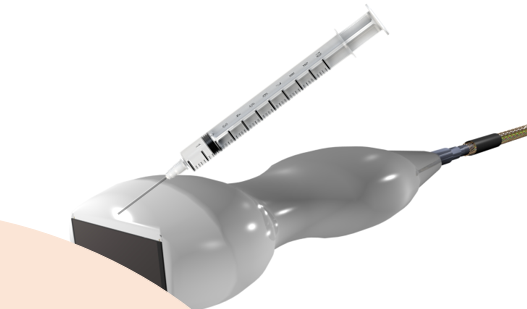
Perforations in a probe lens create crevices which become almost impossible to properly disinfect. Harmful bacteria can build up and is transferred from patient to patient during scans. This leads to a serious health and safety risk, especially during sterile procedures such as those involving needles.
Here is an example of contaminants inside a probe head.
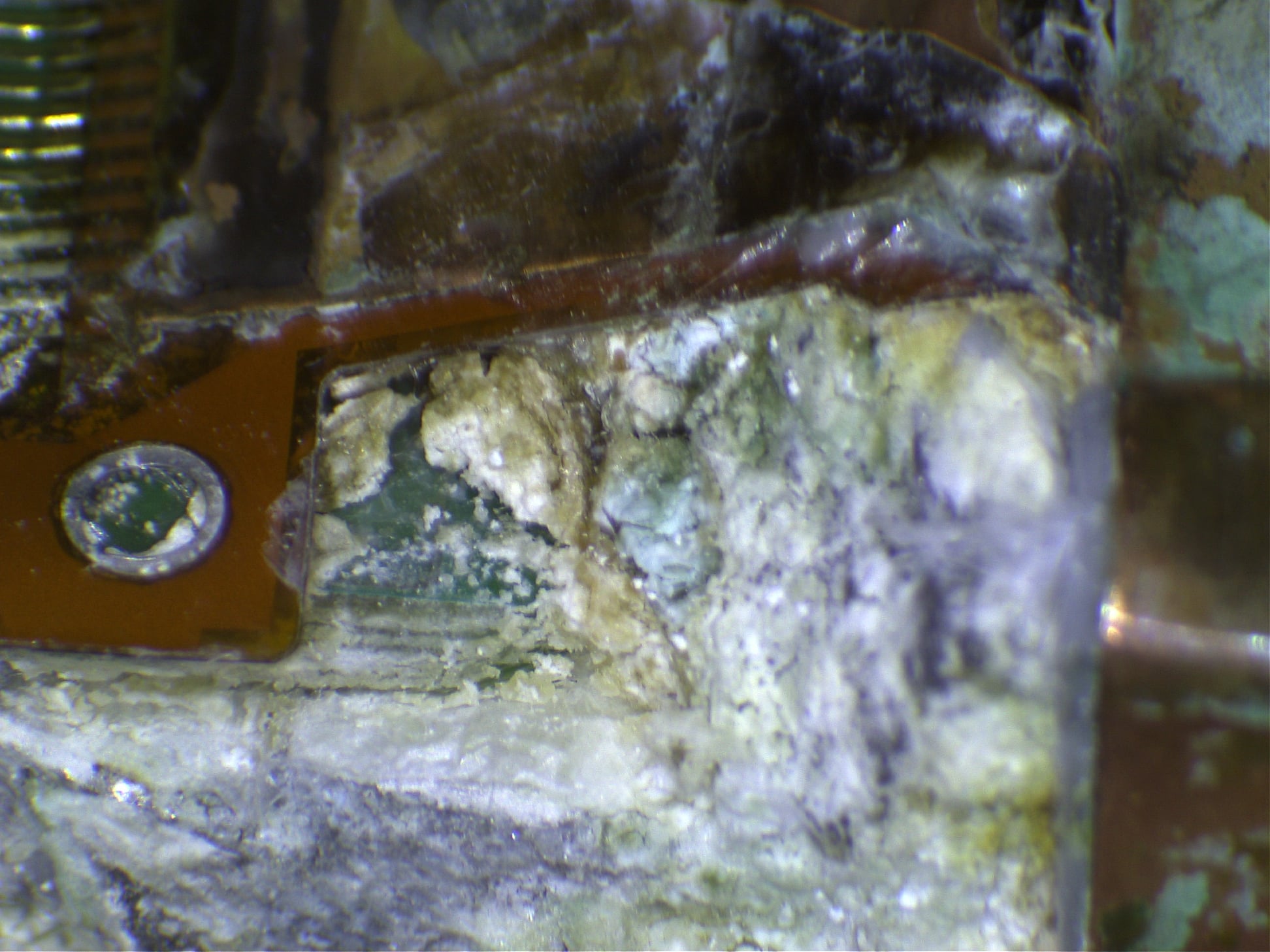
Could you imagine something like this coming into contact with your skin?
It is also important to note that if bacteria can enter, so too can fluid. Fluid ingress can have a seriously detrimental effect on the electric components inside your transducer, and damage caused by corrosion is often irreparable. Once corroded, the circuitry in your probe can short, preventing signal transmission from probe head to machine. Over time, fluid and contaminant ingress will only worsen, taking an initially simple, relatively inexpensive repair to a costly replacement.
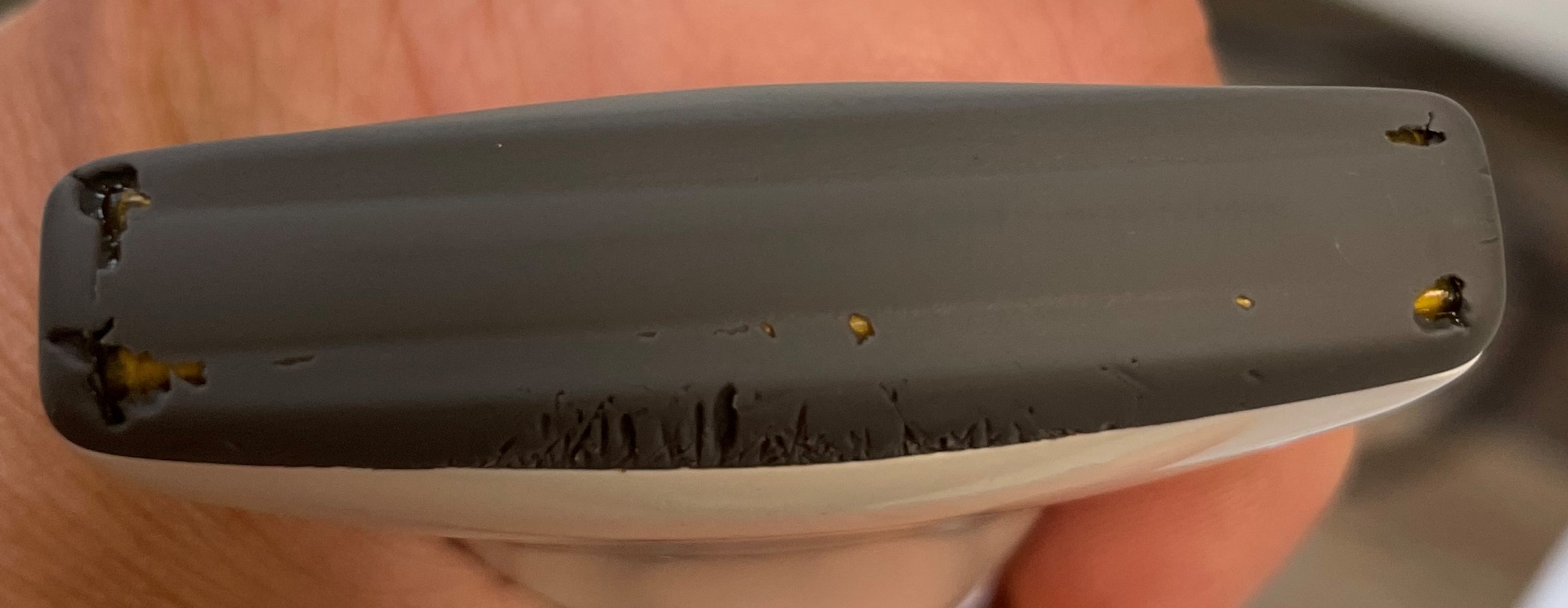
Another lesser-known hazard associated with lens damage like this is the increased risk of electrocution. The piezoelectric array under your lens uses electricity to create sound waves. If the lens becomes damaged, so too does the insulation which protects from up to 400 volts inside your probe head. Electrical leakage is a very real danger, here is a demonstration of this.
There is one clear way to prevent and reduce these risks. Have your probes evaluated and repaired before they get this bad, for your sake and your patients. Save yourself thousands in unnecessary repairs and replacements by addressing issues when they first come up.

